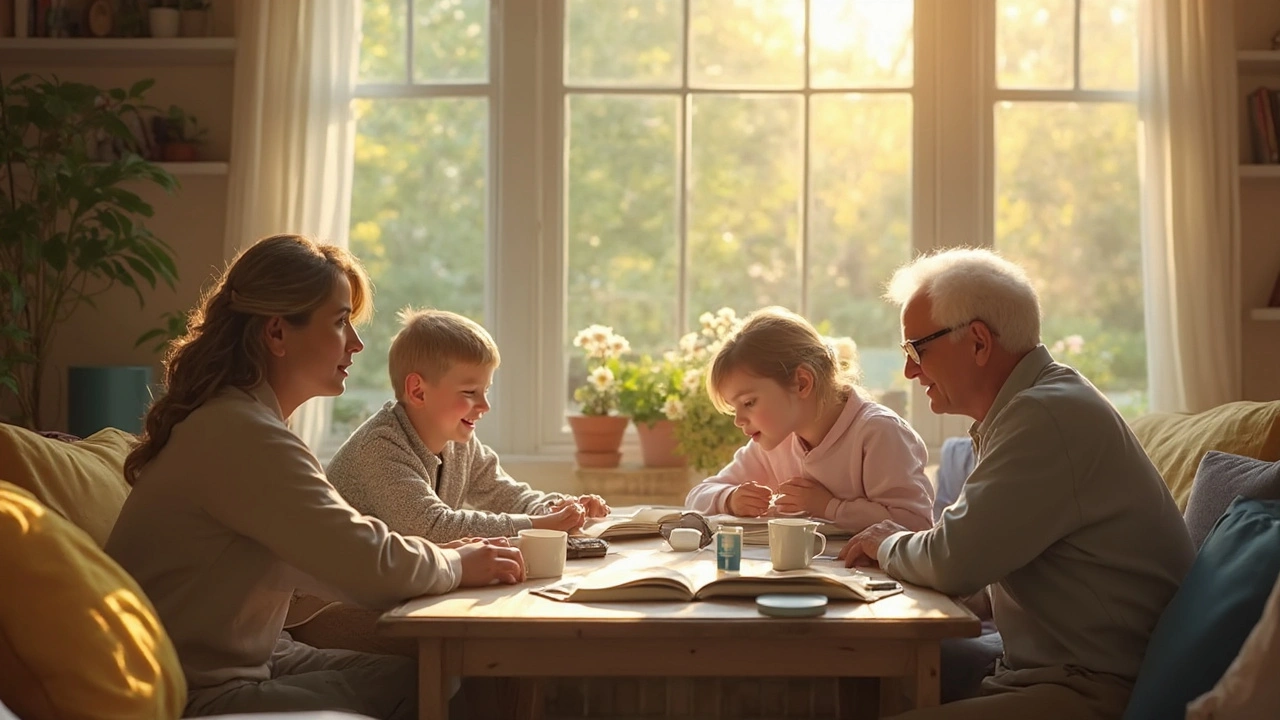Olopatadine HCL: What It Is and When to Use It
Olopatadine HCL is an antihistamine eye drop used to treat itching and redness from allergic conjunctivitis (eye allergy). It calms the allergic response by blocking histamine and stabilizing mast cells in the eye. If your eyes get itchy, watery, or red around pollen, pets, or dust, olopatadine can provide fast relief.
How olopatadine HCL works
Think of olopatadine as a two-in-one: it blocks the chemical that causes itch (histamine) and helps prevent more chemicals from being released. That reduces rubbing, tearing, and swelling. Many people notice relief within minutes to an hour, though full control of symptoms may take a few days of regular use.
Available strengths: 0.1% (often given twice daily), 0.2% (usually once daily), and newer 0.7% formulations (once daily). Follow the label or your doctor's instructions—different strengths change how often you apply the drops.
Using olopatadine eye drops safely
Wash your hands first. Tilt your head back, pull down the lower lid to make a small pocket, and squeeze one drop into the pocket without touching the tip to your eye. Close your eyes for 30–60 seconds and press gently on the inner corner to reduce drainage. If you need another drop, wait about 5 minutes.
Contact lens users: remove lenses before applying drops unless the product specifically says it’s safe with contacts. Wait at least 10–15 minutes before reinserting soft lenses. If your eyes feel irritated after putting drops in, remove the lenses until the irritation clears.
Common side effects are mild: temporary burning, stinging, dry eyes, or a bitter taste. Headache and eye redness can happen but are less common. If you get severe pain, sudden vision changes, or signs of an allergic reaction (swelling, severe rash, trouble breathing), stop using the drops and seek medical help right away.
Don’t use olopatadine for eye infections, cuts, or chemical injuries—those need a different treatment. If you’re pregnant, breastfeeding, or taking other eye medicines, check with your healthcare provider first. Interactions with oral drugs are rare because eye drops act locally, but your doctor should still know everything you use.
Storage and other tips: keep the bottle tightly closed and store at room temperature away from heat and light. Don’t share eye drops. Throw away the bottle after the recommended period (often 28 days after opening) to avoid contamination.
If symptoms don’t improve in 3–5 days, or if they get worse, see an eye doctor. Persistent redness, pain, or vision changes may signal something more than allergies. For quick relief during allergy season, combine olopatadine with avoiding triggers and using cool compresses. When used right, olopatadine HCL is a simple, effective tool for itchy, allergic eyes.

